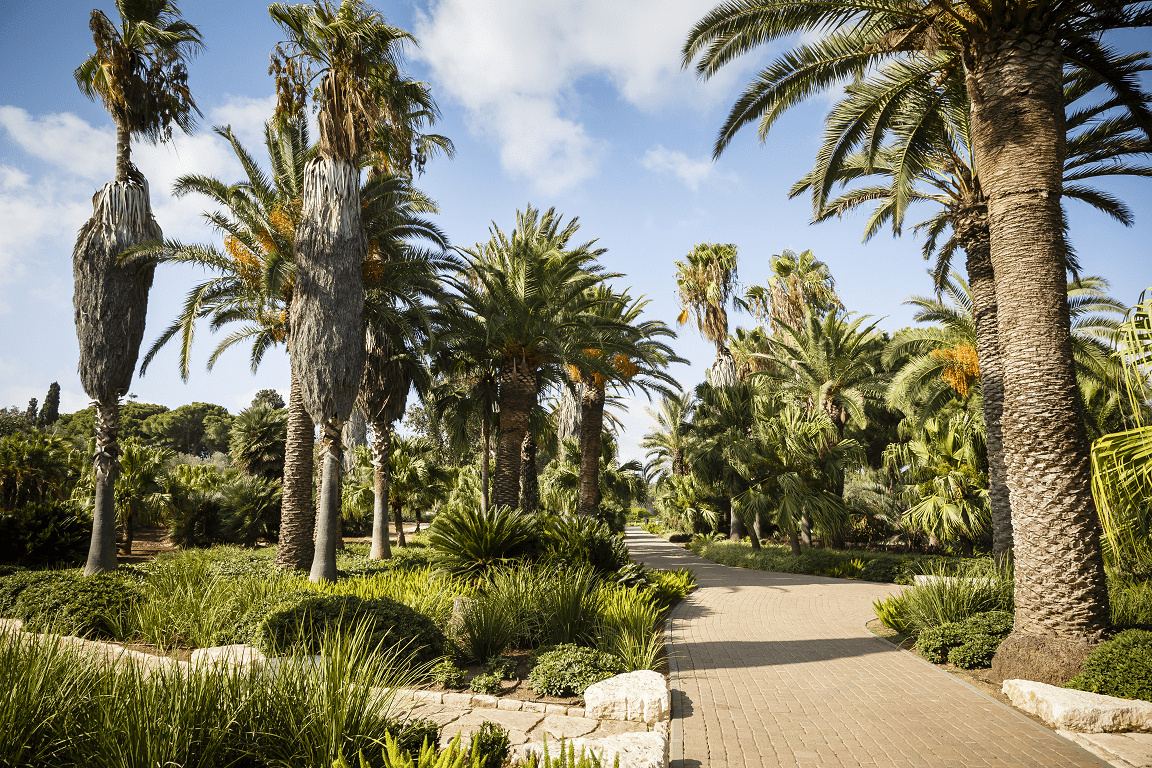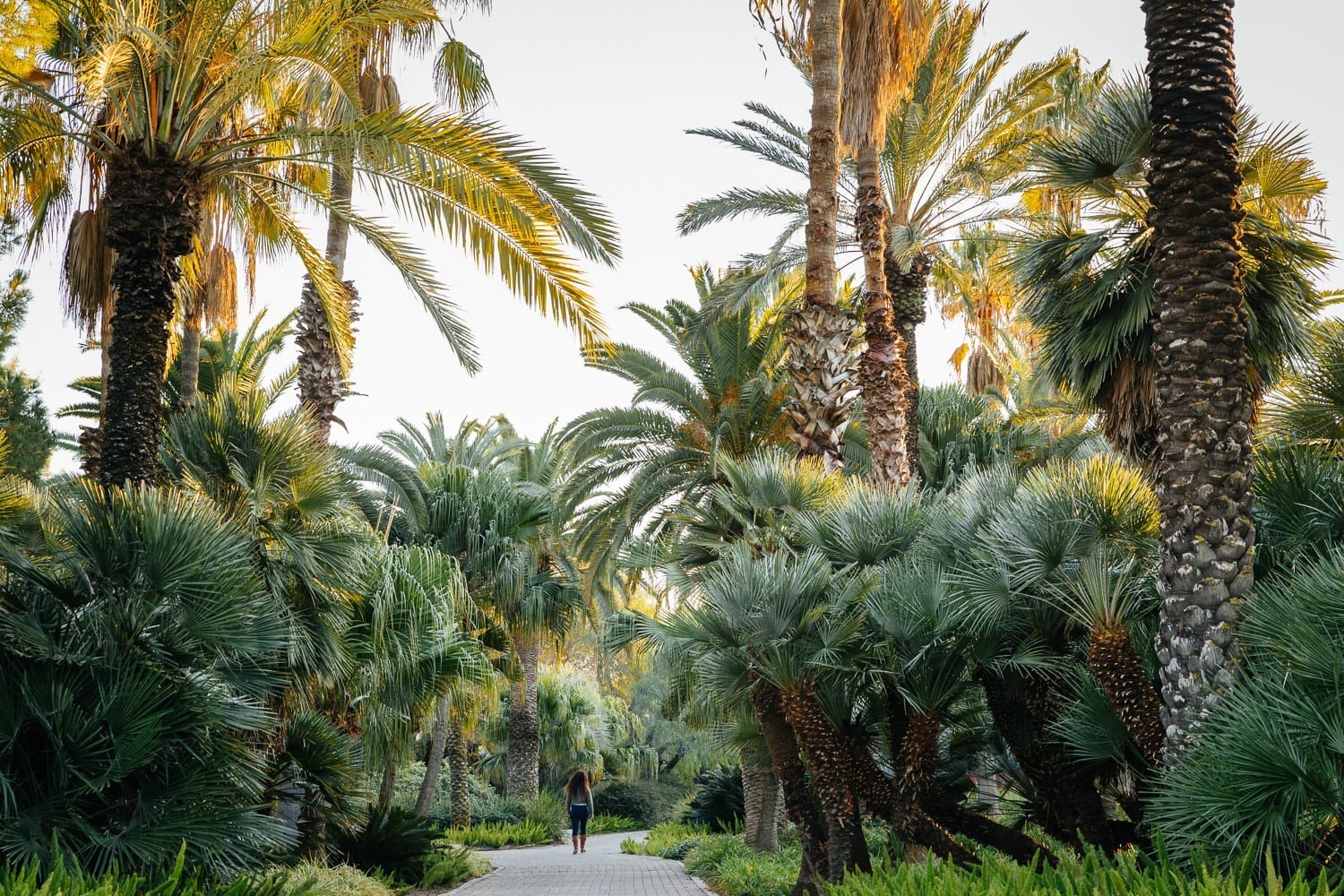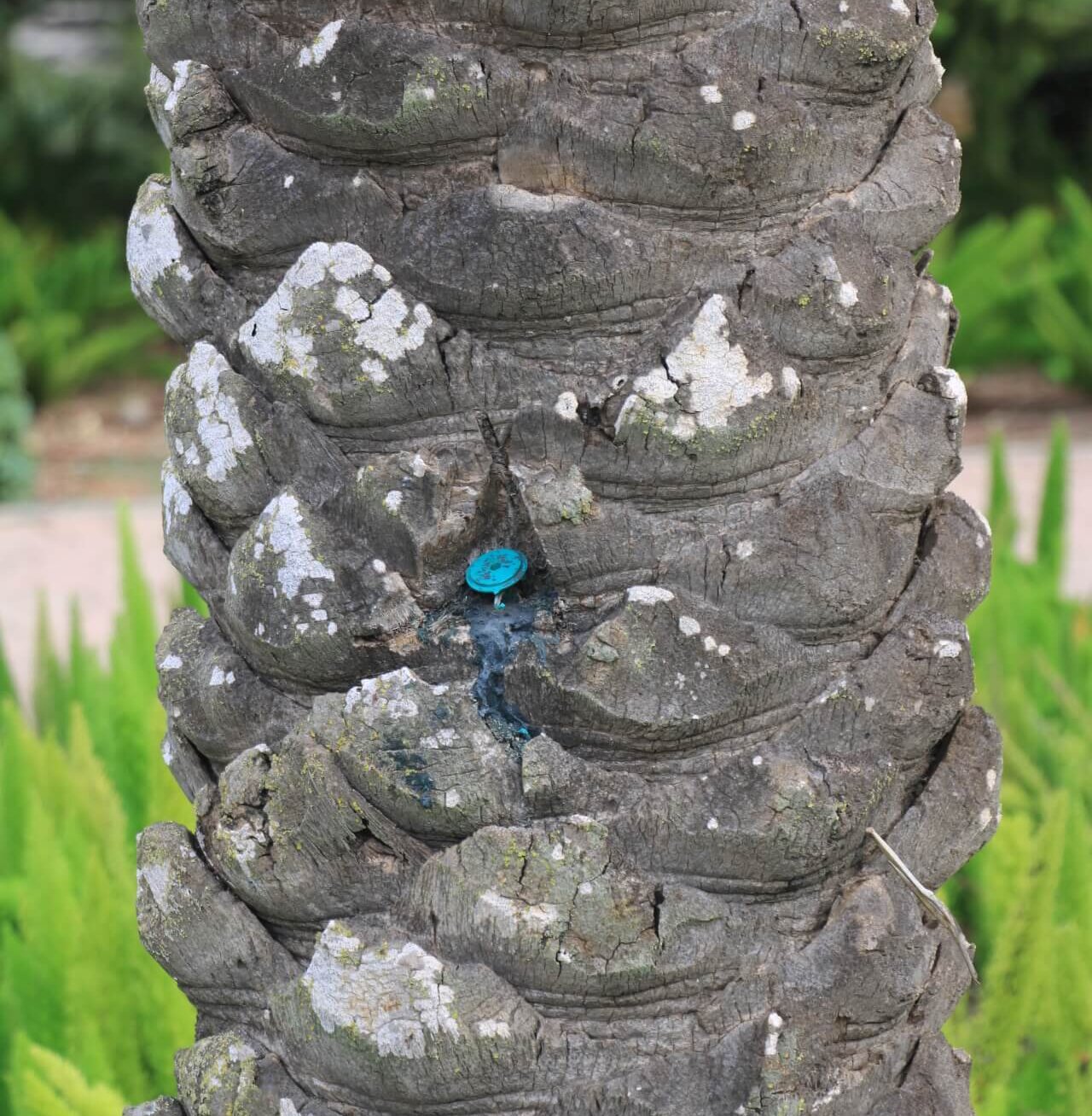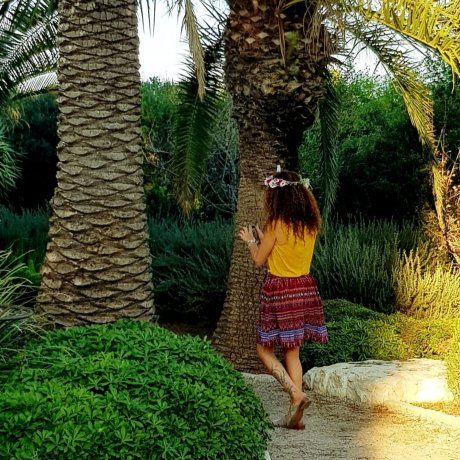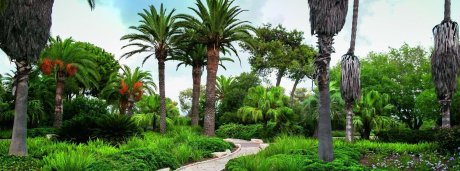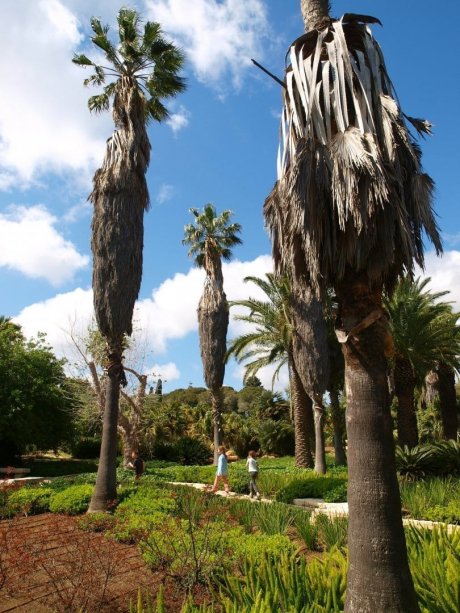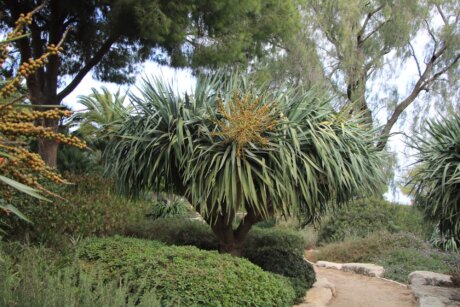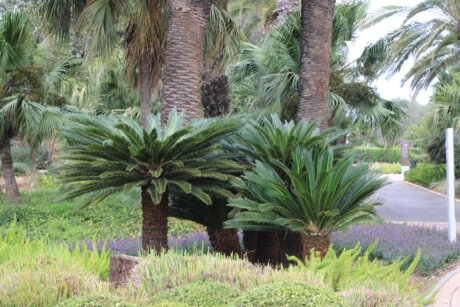It attacks a range of palm species by first laying eggs on the tree, then the larvae hatch and feed on the inner core of the palm. As a result the palm is eaten from the inside, dries out and collapses; in many cases the damage caused cannot be detected from the outside until it’s already too late.
In the past, designated traps for trapping the weevils were installed to protect the palm trees in the garden. The traps contained volatile pheromones that attracted the beetles, which entered the traps and got stuck inside.
Today, we have progressed to an innovative device containing a tiny, dedicated sensor for early detection of the red palm weevil.
The sensor, which was developed by Agrint, is screwed into the trunk close to the crown of the tree (without damaging the tree) and detects the movements of the beetle’s larvae in the tree’s core by sensing vibrations at certain frequencies.
The sensor warns the garden staff in real time about weevil invasion of the tree through a designated app for mobile phones.
This rapid warning allows the garden staff to minimise pest control, and target only the infected palms, thus greatly reducing the use of pesticides and protecting our environment.


